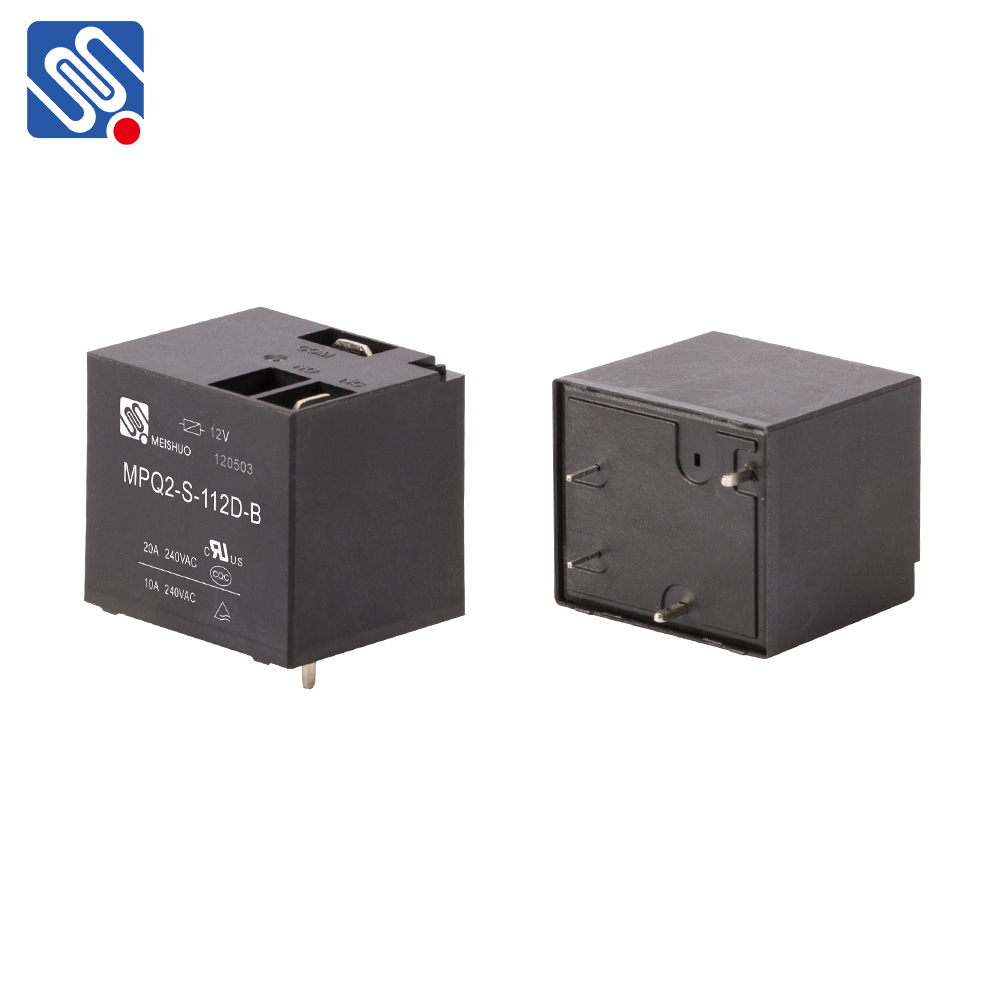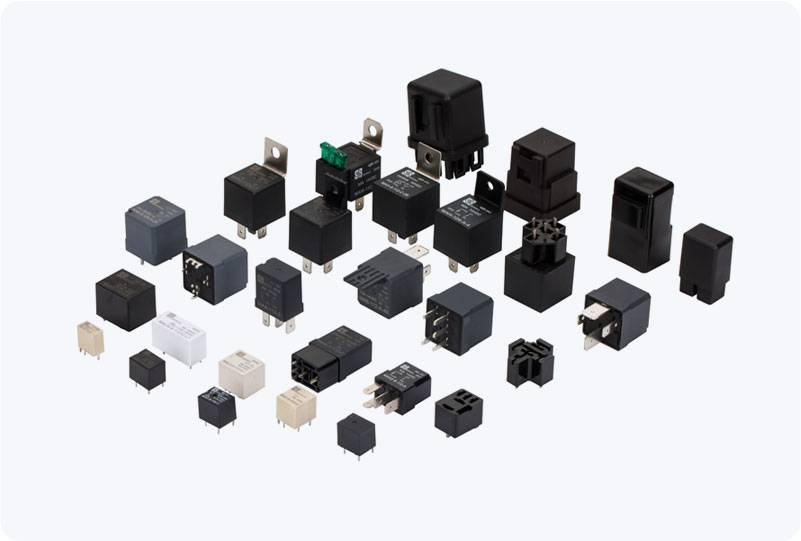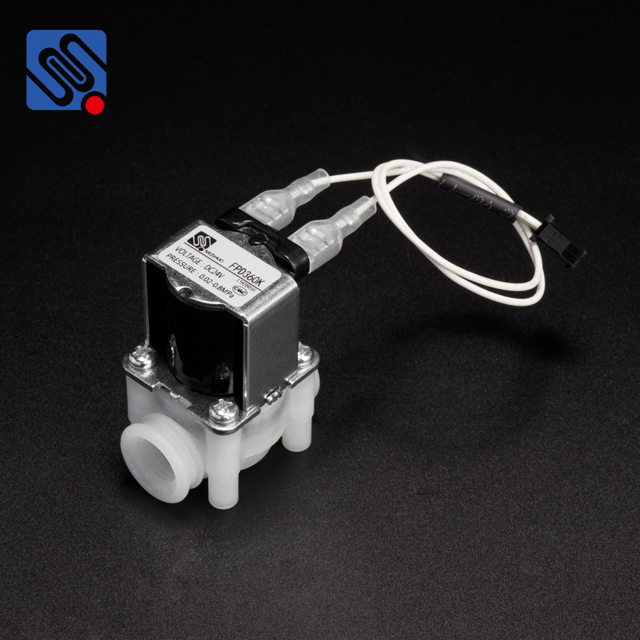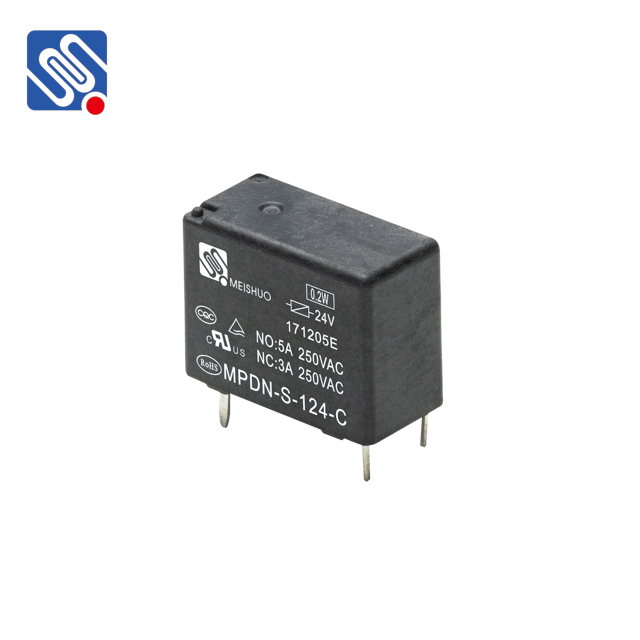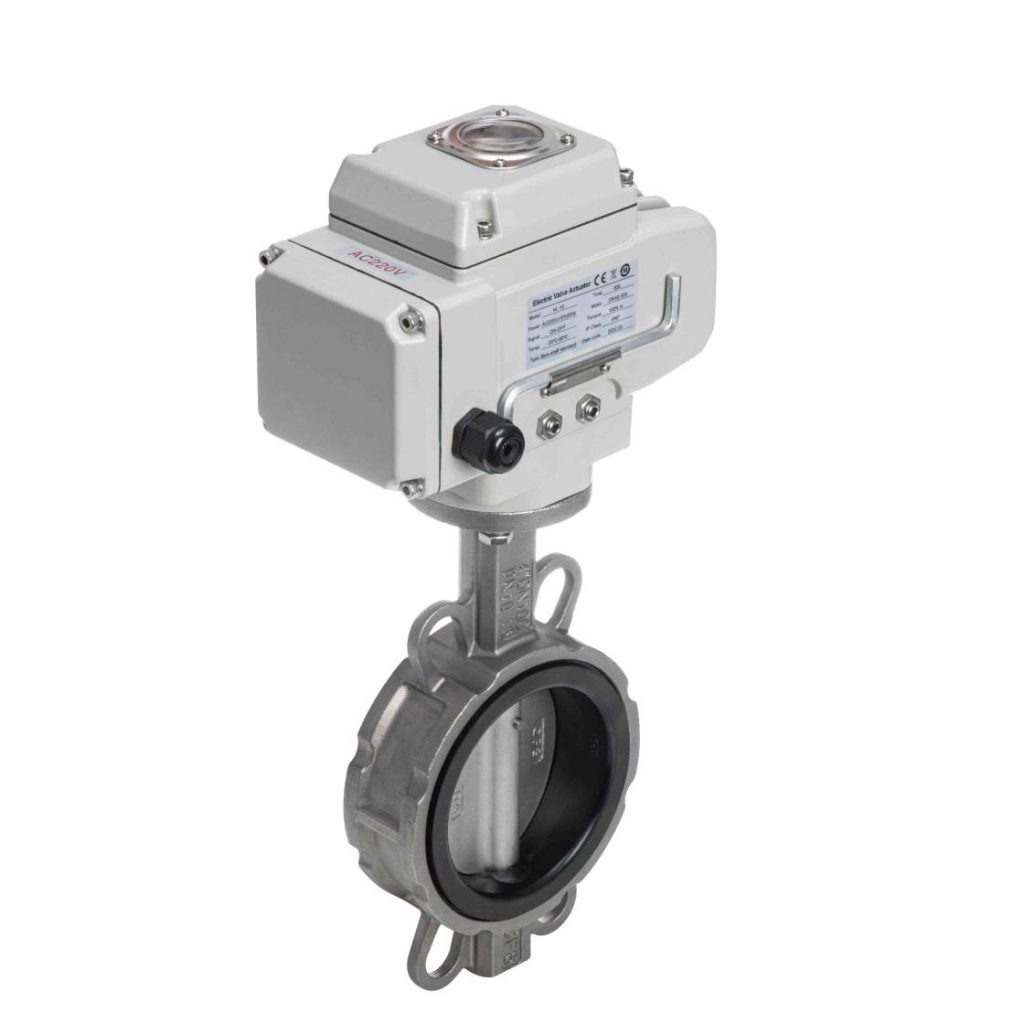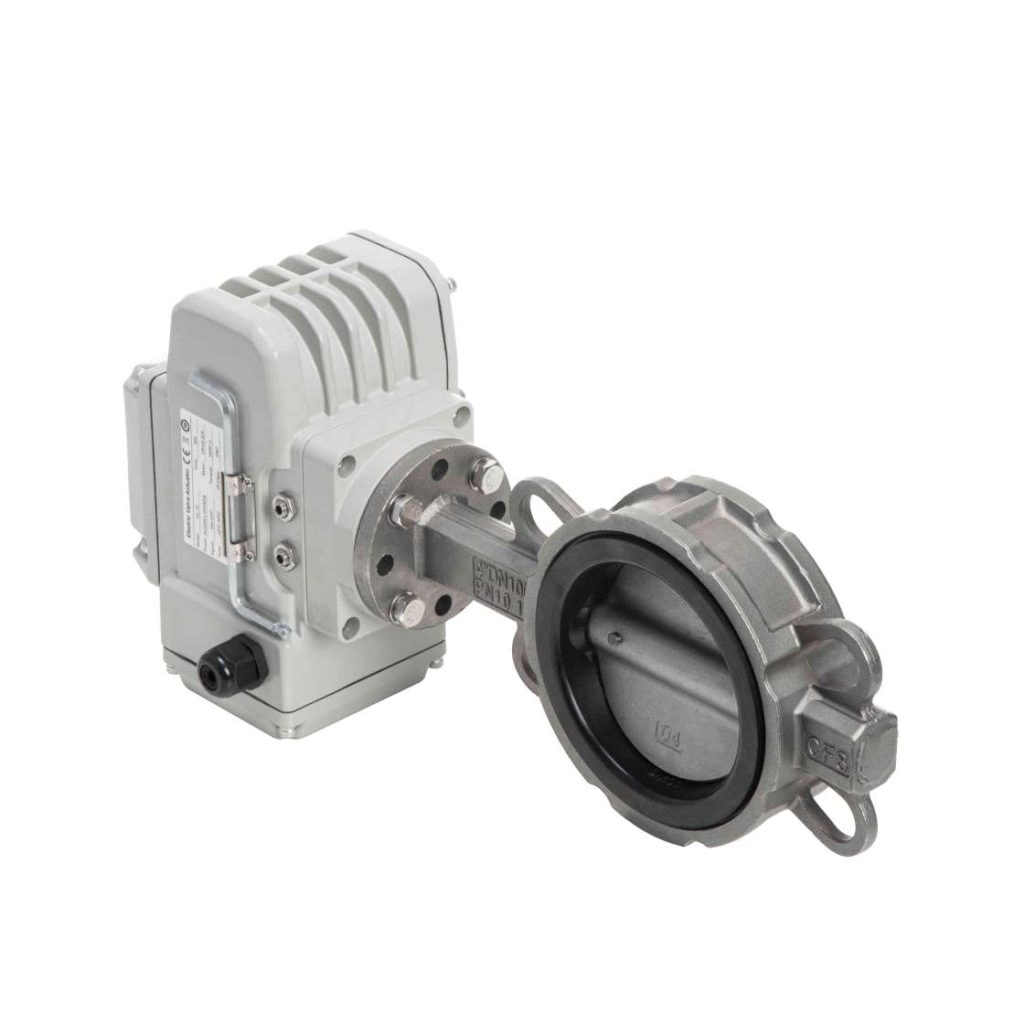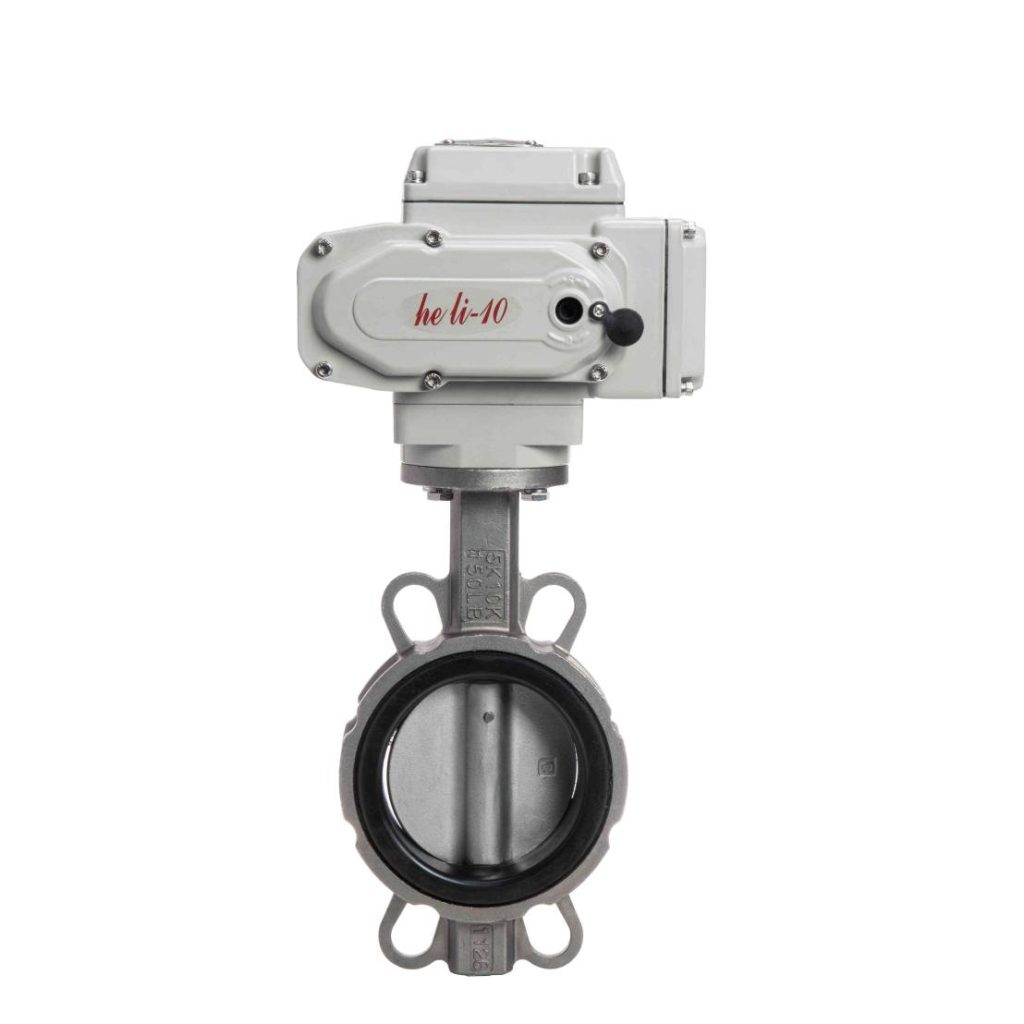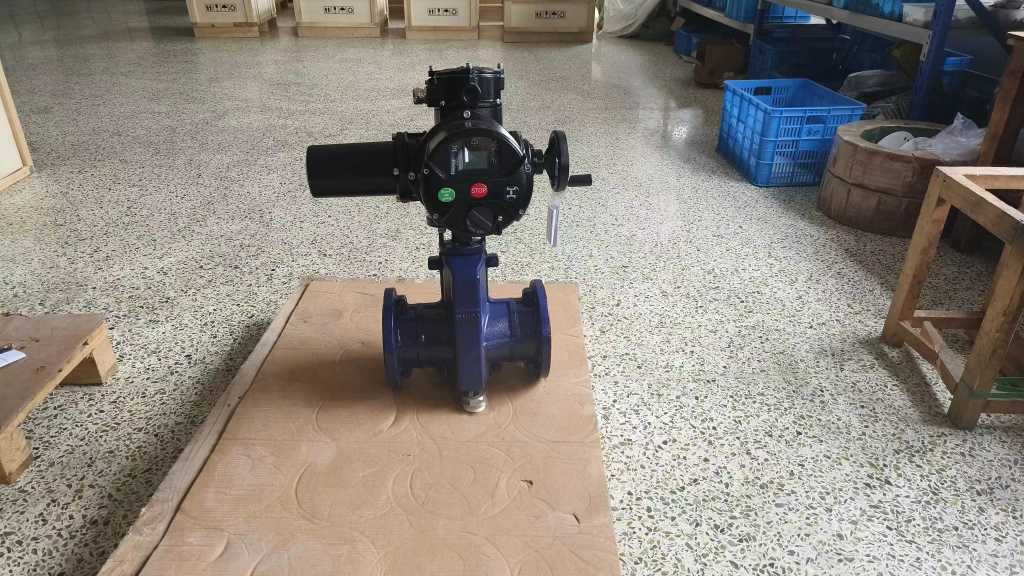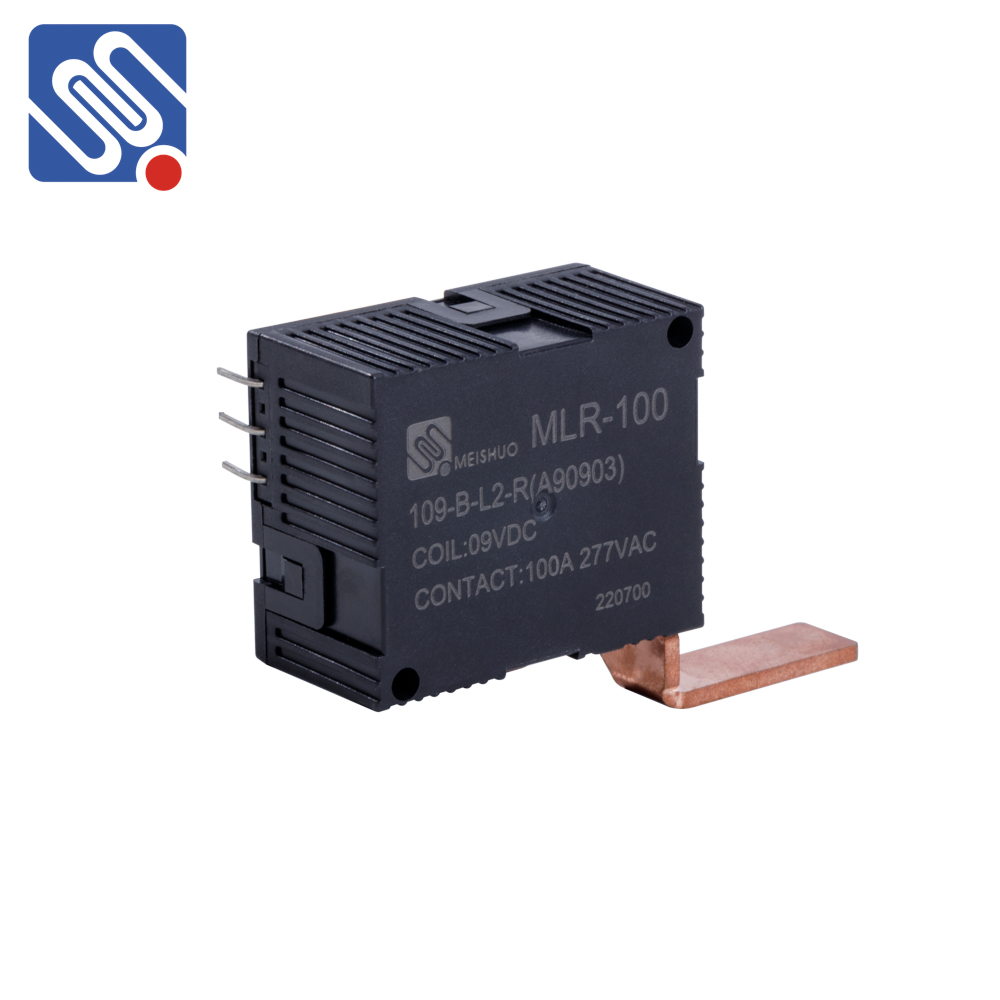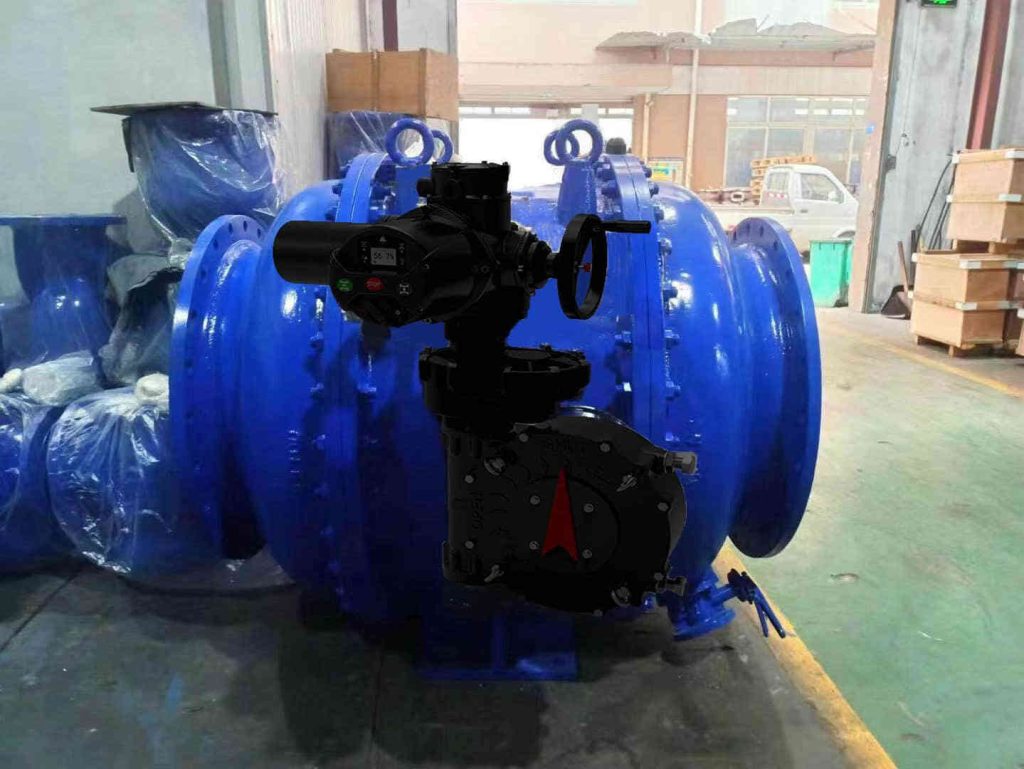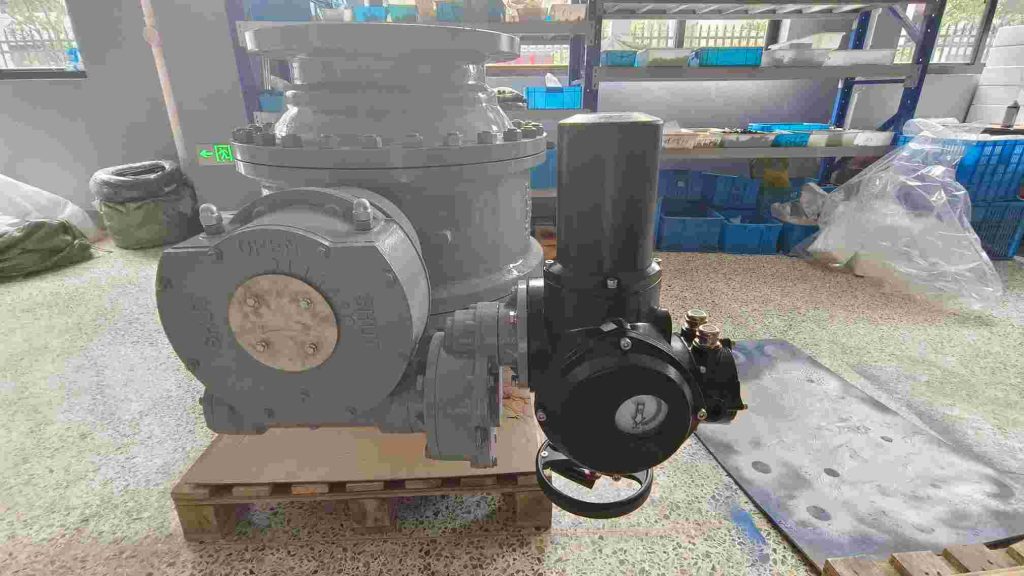An electromagnetic relay is an essential electrical component widely used in various electrical and electronic circuits to control the operation of another circuit. This electromechanical device operates on the principle of electromagnetism, and its primary function is to open or close a set of contacts in response to a control signal. Through this operation, relays act as a bridge between different parts of a circuit, often controlling high power circuits with a low power signal. This article will explore the principle of operation, applications, and the numerous benefits of electromagnetic relays in various fields.
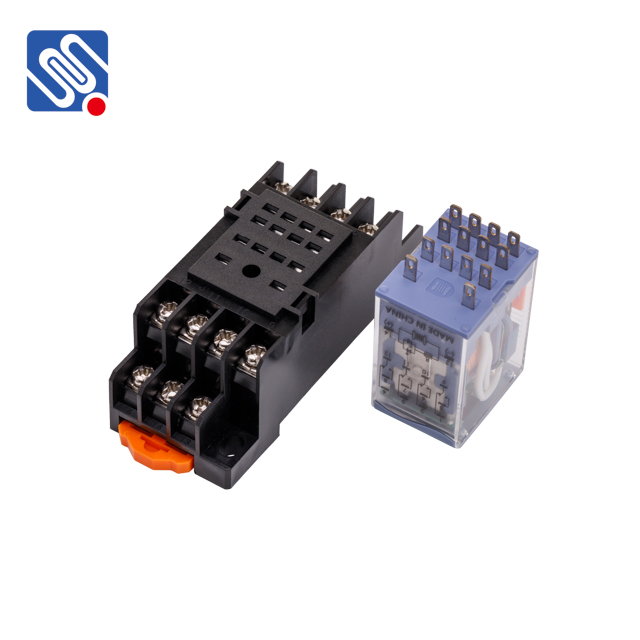
Principle of Operation At the heart of an electromagnetic relay lies a coil of wire, typically wound around a ferromagnetic core. When an electric current flows through the coil, it generates a magnetic field. This magnetic field attracts a movable armature, which is attached to a set of contacts. These contacts either open or close, depending on the design of the relay. When the current is switched off, the magnetic field collapses, and a spring returns the armature and contacts to their default position. Electromagnetic relays come in two primary forms: normally open (NO) and normally closed (NC). In the normally open configuration, the relay contacts remain open when there is no current flowing through the coil, and they close when current is applied. In the normally closed configuration, the contacts remain closed when there is no current, and they open when the coil is energized. This flexibility makes electromagnetic relays highly adaptable for different applications and control scenarios.
